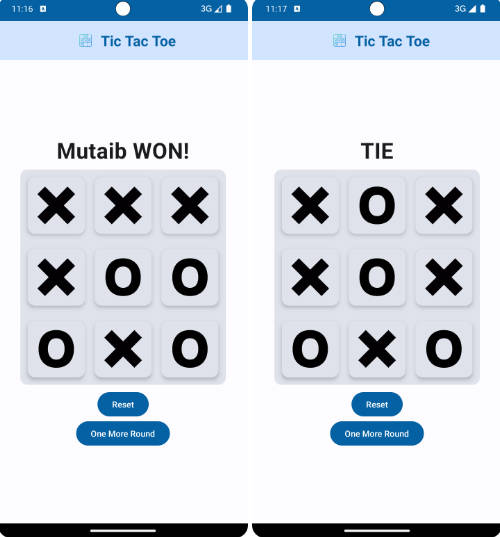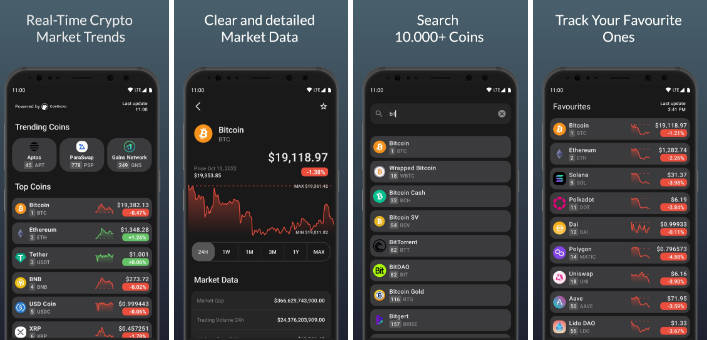Pacemaker (iOS & Android) [KMP]
Run together! A running companion monitoring the heart rate of a group of people doing sports together.
Supports
- External Bluetooth (LE) heart rate monitors (tested with Polar H10)
- iPhone <-> iPhone connections (No internet necessary, BLE)
- Android <-> Android connections (No internet necessary, BLE)
- iPhone <-> Android connections (No internet necessary, BLE)
Planned
WatchOS support (via UWB chip and Internet)
Screenshots



Install
- Google Play: https://play.google.com/store/apps/details?id=io.sellmair.pacemaker
- Apple App Store: https://apps.apple.com/de/app/pacemaker-heart-rate-monitor/
Technical Details
Kotlin Multiplatform
This application is built as a Test/Dogfooding project for Kotlin/Multiplatform, Compose and JetBrains Fleet.
Architecture
No! ViewModels!: This project uses ‘State Actors’ instead.
The State Actor pattern used in ‘Pacemaker’ can be defined by two high level concepts:
Events
Every component in the application can emit any kind of event, including intents. Example: Some UI button that emits an event to the application
@Composable
fun MyButton() {
Button(
onClick = Launching { LoginIntent.emit() }
) {
// ...
}
}
State Producers
States can be produced and observed. Lets look at the producing site first: Lets take the classic login example:
data class LoginState(val email: String, val password: String, val isLoggedIn: Boolean) : State {
companion object Key : State.Key<LoginState> {
val default get() = LoginState(email = "", password = "", isLoggedIn = false)
}
}
fun CoroutineScope.launchLoginStateActor() = launchStateProducer(LoginState) {
var state = LoginState.default
collectEventsAsync<EmailChangedEvent> {
state = state.copy(email = it.email)
state.emit()
}
collectEventsAsync<PasswordChangedEvent> {
state = state.copy(password = it.password)
state.emit()
}
collectEventsAsync<LoginIntent> {
val isLoggedIn = attemptLogin(state.email, state.password)
state = state.copy(isLoggedIn = isLoggedIn)
state.emit()
}
}
Such states can then be used in the Application UI/Frontend easily
@Composable
fun MyLoginScreen() {
val loginState by LoginState.collectAsState()
MyLoginScreen(
email = loginState.email,
password = loginState.password
)
}
@Composable
fun MyLoginScreen(
email: String,
password: String
) {
Text(loginState.email)
Text(loginState.password)
Button(
onClick = Launching { LoginIntent.emit() }
) {
Text("Login")
}
}
Libraries used
- kotlinx.coroutines
- kotlinx.datetime
- SQLDelight
- Multiplatform Settings
- Okio




